Google to invest $7bn in offices and data centres across the US
Tech giant announces three new buildings in Texas, North Carolina, and Minnesota
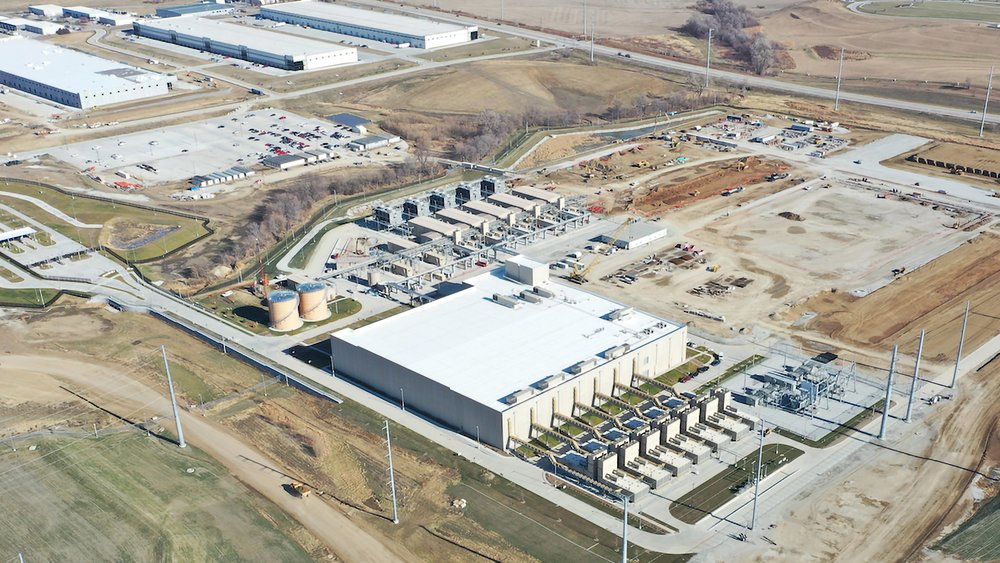

Google has announced plans to create 10,000 jobs as part of an investment drive into new and existing office spaces and data centres around the US.
The tech giant has pledged $7 billion of new investment, with $1 billion of that being spent on its campus in California alone.
Most of the construction has already begun with a number of sites set to become operational in 2021. New offices in Texas and Minnesota will bring its total to 20 nationwide, while a 15th data centre is almost complete in North Carolina. The company has over 80,000 employees in the US currently.
"I believe a lasting economic recovery will come from local communities, and the people and small businesses that give them life," CEO Sundar Pichai wrote in a blog post. "Google wants to be a part of that recovery. That's why we plan to invest over $7 billion in offices and data centres across the US and create at least 10,000 new full-time Google jobs in the US this year."
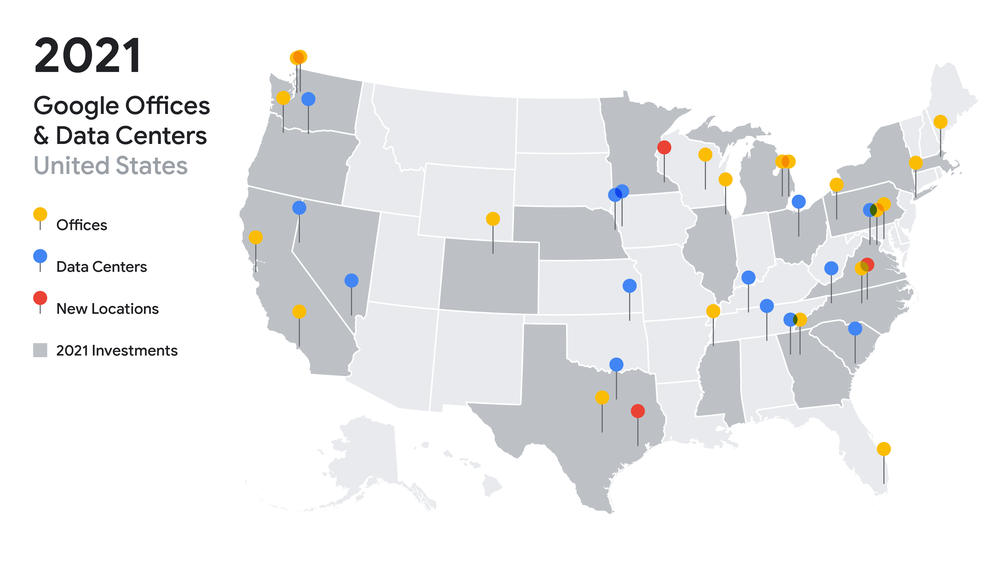
Data centre sites in Nebraska, Ohio, Texas, and Nevada will be fully operational by the end of the year, the firm said, while expansions on facilities in Virginia and South Carolina are set to finish in 2022, along with an 'operations centre' in Southaven, Mississippi. A new 'cloud engineering' site will also be developed in Durham, North Carolina.
The announcements of new and expanding office spaces come at a time when many companies are experimenting with hybrid work strategies. A number of firms have announced plans to change how they use office space with more focus on creating areas for collaboration rather than traditional workspaces. It's unclear what types of 'office' Google has planning to build, but it has announced two new facilities as well as further expansion of sites such as Atlanta, Washington, DC, Chicago, and New York.
Get the ITPro daily newsletter
Sign up today and you will receive a free copy of our Future Focus 2025 report - the leading guidance on AI, cybersecurity and other IT challenges as per 700+ senior executives
Bobby Hellard is ITPro's Reviews Editor and has worked on CloudPro and ChannelPro since 2018. In his time at ITPro, Bobby has covered stories for all the major technology companies, such as Apple, Microsoft, Amazon and Facebook, and regularly attends industry-leading events such as AWS Re:Invent and Google Cloud Next.
Bobby mainly covers hardware reviews, but you will also recognize him as the face of many of our video reviews of laptops and smartphones.
-
 Why energy efficiency could be key to your business’ success
Why energy efficiency could be key to your business’ successSupported editorial An energy efficient data center setup can help save on bills, but the benefits don’t have to stop there
By ITPro
-
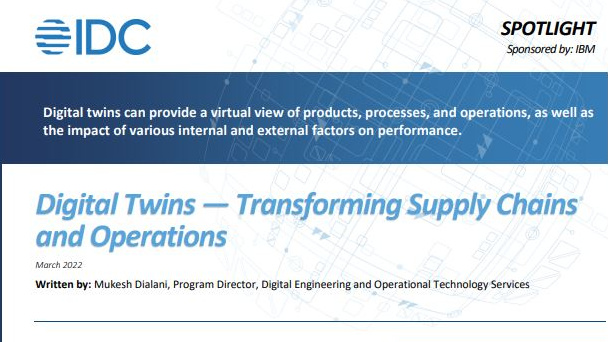 Digital Twins - Transforming supply chains and operations
Digital Twins - Transforming supply chains and operationsWhitepaper A virtual view of products, processes, and operations, as well as the impact of various factors on performance
By ITPro
-
 UK's EfficiencyIT launches prefabricated data centre offering
UK's EfficiencyIT launches prefabricated data centre offeringNews The company has previously built modular data centres for government and defence customers in 12-16 weeks
By Zach Marzouk
-
 Equinix is growing data centre-powered fruit and veg
Equinix is growing data centre-powered fruit and vegNews The data centre company has installed a rooftop farm at one of its sites to make use of excess heat
By Zach Marzouk
-
 Princeton Digital Group reveals "wise" $1 billion+ Indonesia data centre investment to service Singapore
Princeton Digital Group reveals "wise" $1 billion+ Indonesia data centre investment to service SingaporeNews The new investment will help customers located in Singapore expand their infrastructure
By Zach Marzouk
-
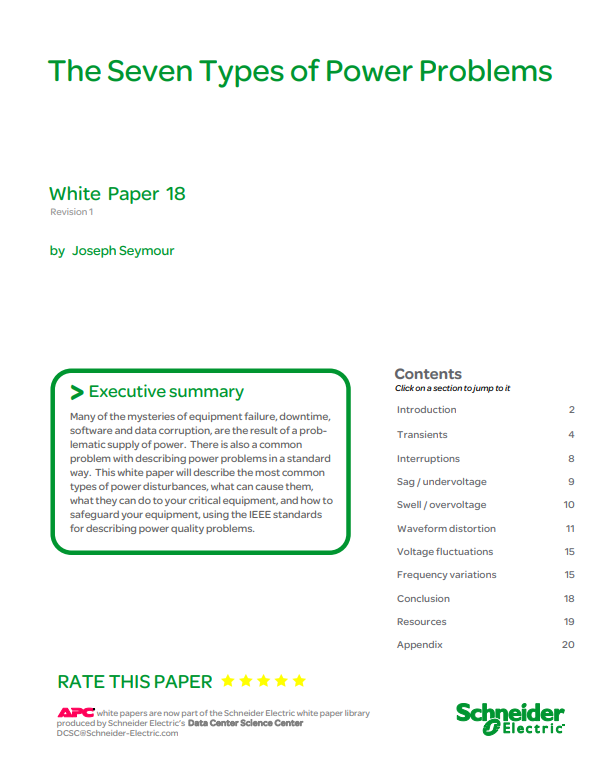 The seven types of power problems
The seven types of power problemsWhitepaper The most common types of power disturbances and how to safeguard your equipment
By ITPro
-
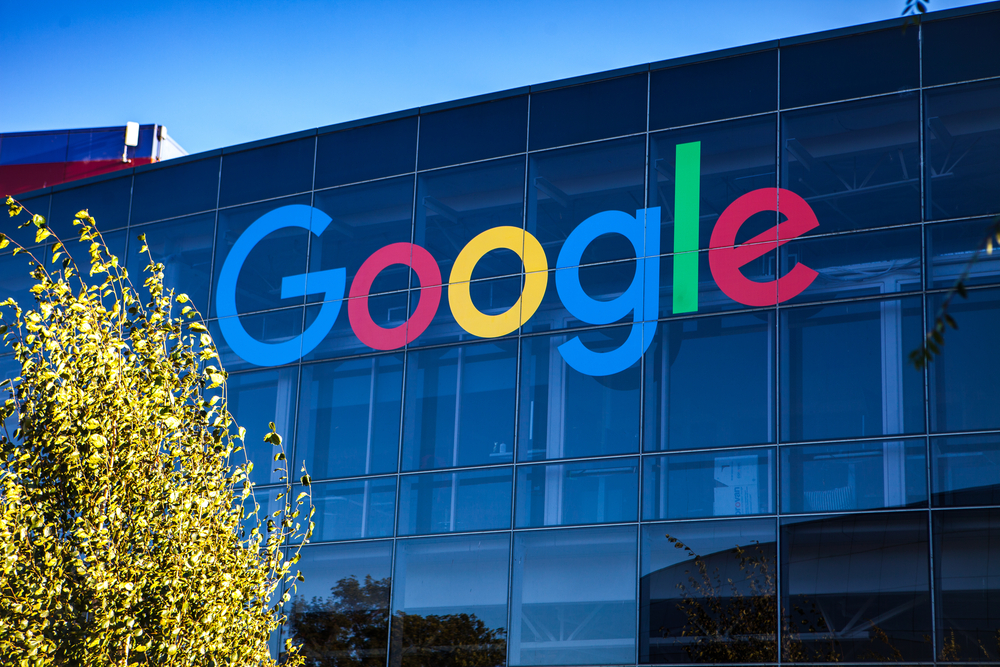 Google data centre soaks up a third of Oregon city's water supply
Google data centre soaks up a third of Oregon city's water supplyNews The tech giant has been labelled a "water vampire" after its facility increased water consumption every year since opening for the purposes of cooling
By Bobby Hellard
-
 What 5G rollout failures mean for 6G
What 5G rollout failures mean for 6GIn-depth What can network operators and telecoms companies learn from a cocktail of global issues and mistakes when shifting to the next generation of mobile networking?
By Elliot Mulley-Goodbarne

